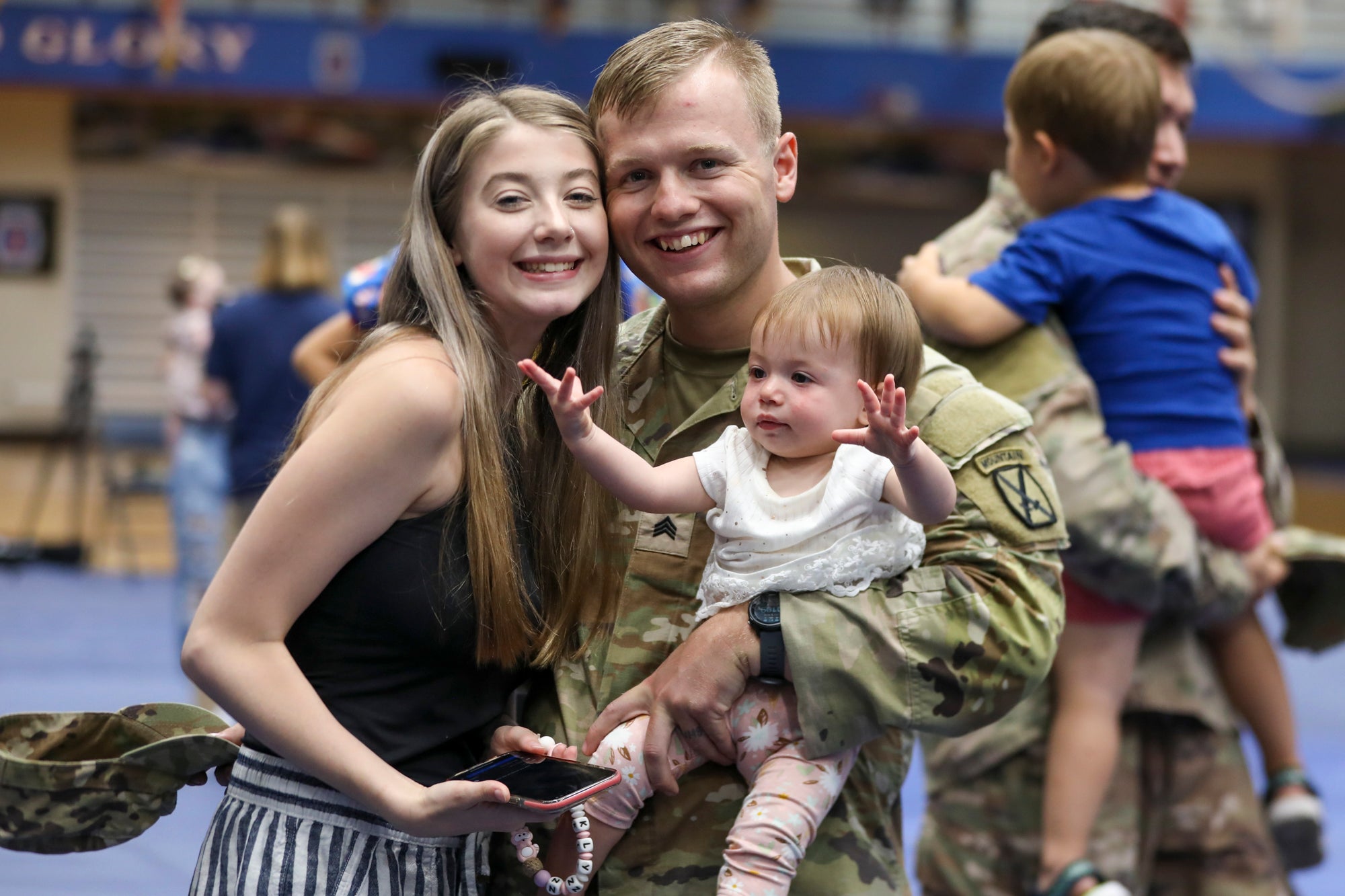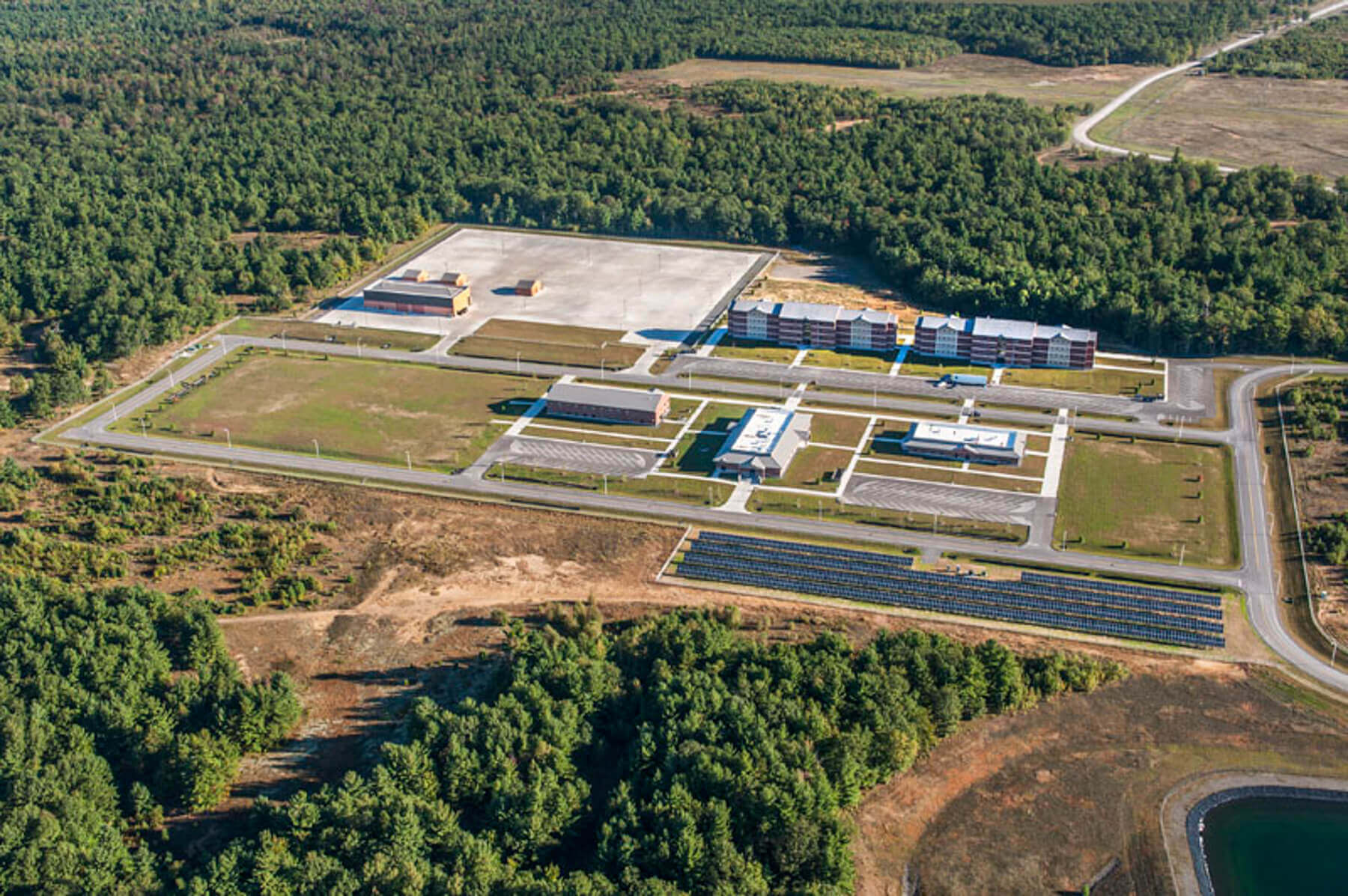Fort Drum Address - 14°18′18″N 120°37′50″E / 14.30500°N 120.63056°E / 14.30500; 120.63056N Coordinates: 14°18′18″N 120°37′50″E / 14.30500°N 120.63056°E / 14.30500; 120.63056
Fort Drum, also known as El Fraile Island (Tagalog: Pulo ng El Fraile), is a fortified island at the mouth of Manila Bay in the Philippines, south of Corregidor Island. Called a "concrete battleship",
Fort Drum Address
The fort, reinforced like a battleship, was built by the United States in 1909 as one of the harbor defenses in the great trance of the South Channel to the Bay of the American colonial period.
Soldiers Face Obstacles At Air Assault School At Fort Polk
It is different from other forts built by the United States between the American Civil War and the beginning of World War II because it is a naval base. Captured and occupied by the Japanese during World War II, it was recaptured after US forces burned oil and gas inside the fort. 68 Japanese soldiers died in the fire and left the job forever. Due to the high temperature of the fire, it took five days for the US soldiers to destroy the fort.
Who served with distinction in the Mexican-American War and the American Civil War, and died on October 15, 1909, the year the fort was built. The island and other former harbor barriers of Manila Bay are under the jurisdiction of Cavite City.
On the night of April 30 to May 1, 1898, Commodore George Dewey's army marched through the city of Manila, marching on El Fraile, where three guns were mounted. 120 mm: a 12 cm Hontoria gun from the Spanish cruiser Antonio de Ulloa and two 120 mm short guns. . by the Spanish general Geral Lezo.
The shore guns also fired with the USS McCulloch, which was partially ignited by the flames of the ash from its chimneys, and soon, the USS Boston, USS Raleigh, and USS Concord also opened fire. However, Dewey's ships passed the forts without serious damage and fought the Battle of Manila Bay in the morning.
New York Military Bases
The Board of Trustees led by William H. Taft recommended the closure of key ports in countries acquired by the United States after the Spanish-American War.
As a result, the rocky island of El Fraile was secured and included in the harbor defenses of Manila and Subic Bays.
Initially, Fort Drum was designed as a mine and pillbox control base. However, due to insufficient defenses in the area, a plan was developed to lower the island and build a fortified building on top of it with 12-inch (305 mm) guns. four in the twin hills.

This was reported to the War Departmt, which decided to replace the 12-inch (305 mm) guns with 14-inch (356 mm) guns mounted in the twin turrets.
Air Support Operations Squadron (acc) > Air Force Historical Research Agency > Display
The nose cone, with a 230° rotation, is mounted on the front side of the upper deck, which is 2.7 m below the upper deck; the rear turret, with full 360 ° rotation, is mounted on the upper deck. Both guns had an elevation of 15°, giving them a range of 19,200 yards (17,600 m).
Secondary armament was provided by two 6-inch (152 mm) guns mounted in turrets on either side of the main hull. Two 3-inch (76 mm) anti-aircraft guns in "spider" mounts for anti-aircraft defense, probably the M1918 3-inch gun or added around 1918.
The outer walls were between 7.6 and 11.0 m (25 to 36 ft) thick, making them invulnerable to naval attack.
Construction began in April 1909 and lasted five years. The rock island was excavated by the US Army Corps and built with thick layers of reinforced concrete in a shape similar to a large battleship, 110 m (350 ft) long, 44 m wide . m (144 ft) and a deck 40 ft (12 m) above the water at low tide.
Trump Teases Fort Drum Soldiers Over First Pay Raise In Years
The M1909 14-inch (356 mm) guns and their custom-made M1909 cartridges, designated Batteries Marshall and Wilson, were issued and installed in 1916. The M1909 guns were designed for Fort Drum and not otherwise assigned.
The second M1908MII 6-inch (152 mm) guns on M1910 pedestal mounts were installed in the casemates, Batteries Roberts and McCrea, in the same year.
Searchlights, anti-aircraft missiles and a fire tower 18 m above the surface of the wall are mounted. Residences for officers of about 240 and m calculated, with power generators, design houses and military stores, are located in the yard.

Battery Marshall is named for Brigadier General William Louis Marshall, Civil War Medal of Honor recipient and chief of engineers 1908-1910. Battery Wilson was named for Brigadier General John Moulder Wilson, Civil War Medal of Honor recipient and chief of engineers 1897-1901. Battery Roberts was named for Bjamin K. Roberts, a cavalry, artillery and coastal force, who was appointed chief of artillery for one day in 1905 before retiring. .
City: Fort Drum, Ny
The successful invasion of Luzon by the Imperial Japanese Army at the end of December 1941 quickly brought international forces between Fort Drum and other forts in Manila Bay. Shortly before the start of the war in the Pacific Theater on December 7, 1941, Fort Drum was equipped with myself and the officers of the 59th Coast Artillery Regimt (E Battery). The log cabins that stood on the fort's deck were removed to provide an unfired base for Battery Wilson.
On January 2, 1942, Fort Drum withstood a massive Japanese attack. On January 12, 1942, the field-mounted M1903 3-inch (76 mm) gun was transferred from Fort Frank and installed at Fort Drum to help protect the "rear" section of the fort from the attack, and was named Battery Hoyle.
The next day, January 13, before the base was dry and the gun had been secured or inspected for safety, he became the first American soldier to open fire on the Emy. in World War II. drove off a steamer that had been forced from the Japanese, which was separated by a close inspection of the rear of Fort Drum. Until now, the tower control tower covered the fire from the rear main turret, since the height of the gun above the water created a dead space, even if the field of fire was clear.
In the first week of February 1942, the fortress was exposed to fire from a Japanese 150mm howitzer stationed in the area near Ternate on the mainland. In mid-March, the Japanese moved heavy artillery into the area, opening fire with 240mm siege howitzers, destroying Fort Drum's 3-inch anti-aircraft defense, destroying to one of the 6-inch guns and damaged one of the fellow defenders. Large sections of the wall's concrete structure were cut off in the blast.
Fort Drum: The Unsinkable Concrete 'battleship' In Manila Bay
Counterattack fire from Fort Drum's 14-inch guns and Fort Frank's 12-inch guns was ineffective. With the collapse of the American-Philippine resistance at Bataan on April 10, only Fort Drum and the other port forts remained in American hands.
On the night of May 5, Fort Drum's 14-inch guns fired at the second wave of Japanese forces attacking Corregidor, sinking several battleships and many damn
Fort Drum surrendered to Japanese forces after the fall of Corregidor on May 6, 1942 and was occupied by them until 1945.

Fort Drum's 6-meter (20 ft) reinforced concrete wall allowed Fort Drum to withstand repeated attacks from the Japanese from February 15 to May 6, 1942. No US personnel at Fort Drum were killed in the siege and only five were wounded.
Fort Drum Regional Liaison Organization
The four 14-inch anti-aircraft guns were still firing five minutes before Corregidor fell.
Like other forts in the Philippines, Fort Drum's troops destroyed the guns before the Japanese occupied the fort, which is why the 14-inch gun was reinstated. in the yard. The surrender of the Manila Bay Forts signaled the end of American resistance to the Philippines.
In 1945 after the struggle to recapture Manila, the fortified island was the last position in Manila Bay held by the Japanese.
On 13 April, after a heavy sea and air attack, a modified Landing Ship Medium (LSM) arrived with a bridgehead on the side of the wall. The American soldiers used their hand to run directly from the ship to the fortress, quickly gaining control of its upper deck and trapping the Japanese army below.
Quality Inn & Suites Watertown Fort Drum, Calcium
Company F of the 2nd Army, 151st Infantry Regiment, 38th Infantry Division, and a battalion from the 113th Combat Engineer Battalion were selected to lead the attack on Fort Drum because they had previously led the attack. Battle of Fort Hughes on Caballo Island.
Instead of trying to penetrate the battery, they used white phosphorus balls to ignite a mixture of 2,500 US gallons (9,500 L) of two parts diesel to one part gasoline that was burned inside the battery. through vt. This process was repeated over the next few days.
At Fort Drum, combat engineers adapted the technology they used at Fort Hughes. After the oil mixture was fired through the air vts in the upper part, a time fuse of TNT was used to extinguish the incdiary marks.

It exploded and
Governor Cuomo Recognizes Fort Drum Soldiers During State Address
Military drone range, laser range finder military, military range bags, military range targets, long range military radio, military radio range, military range finder, military long range binoculars, range rover military discount, military range rover, range of military drones, military range bag
0 Comments